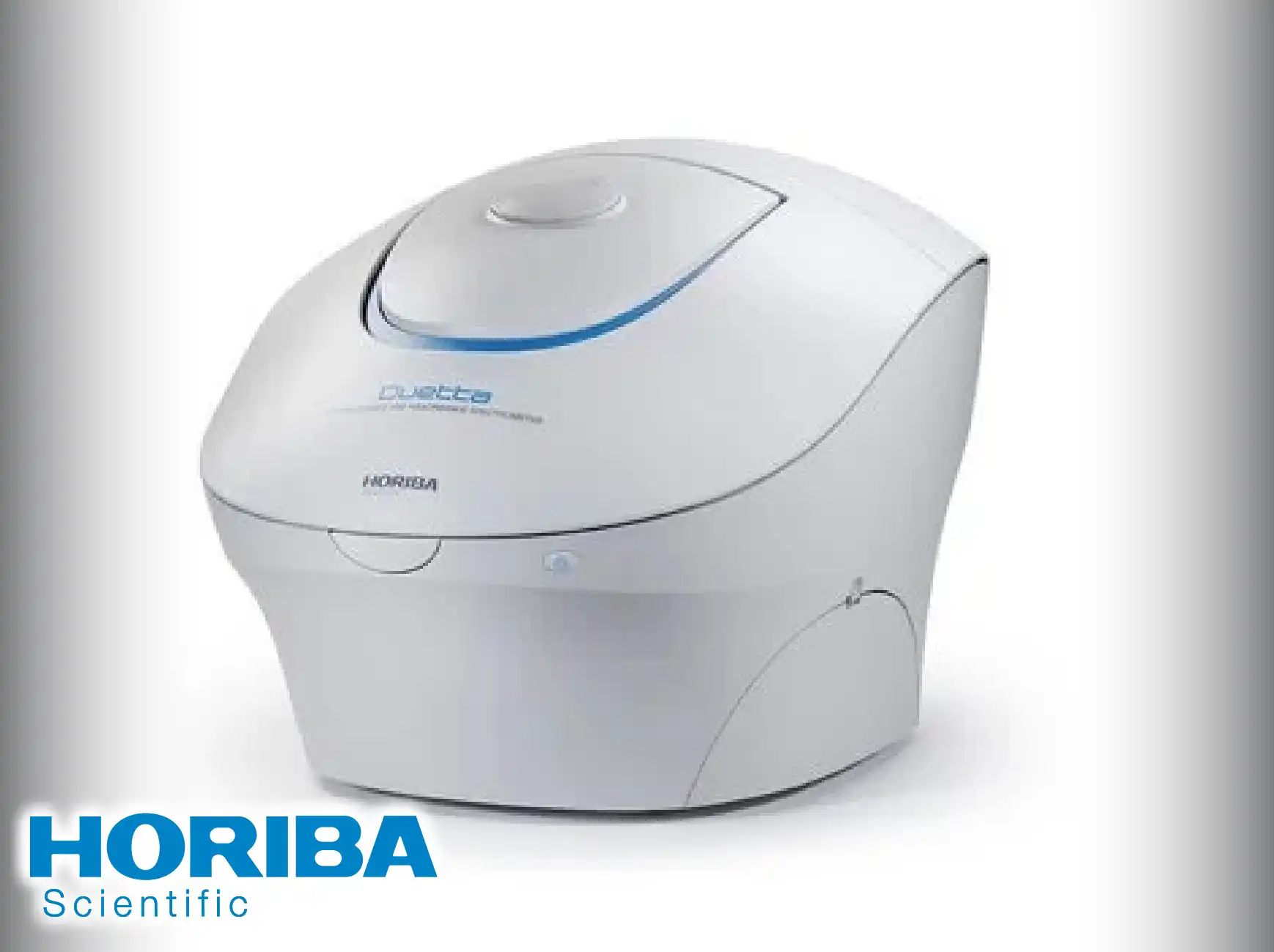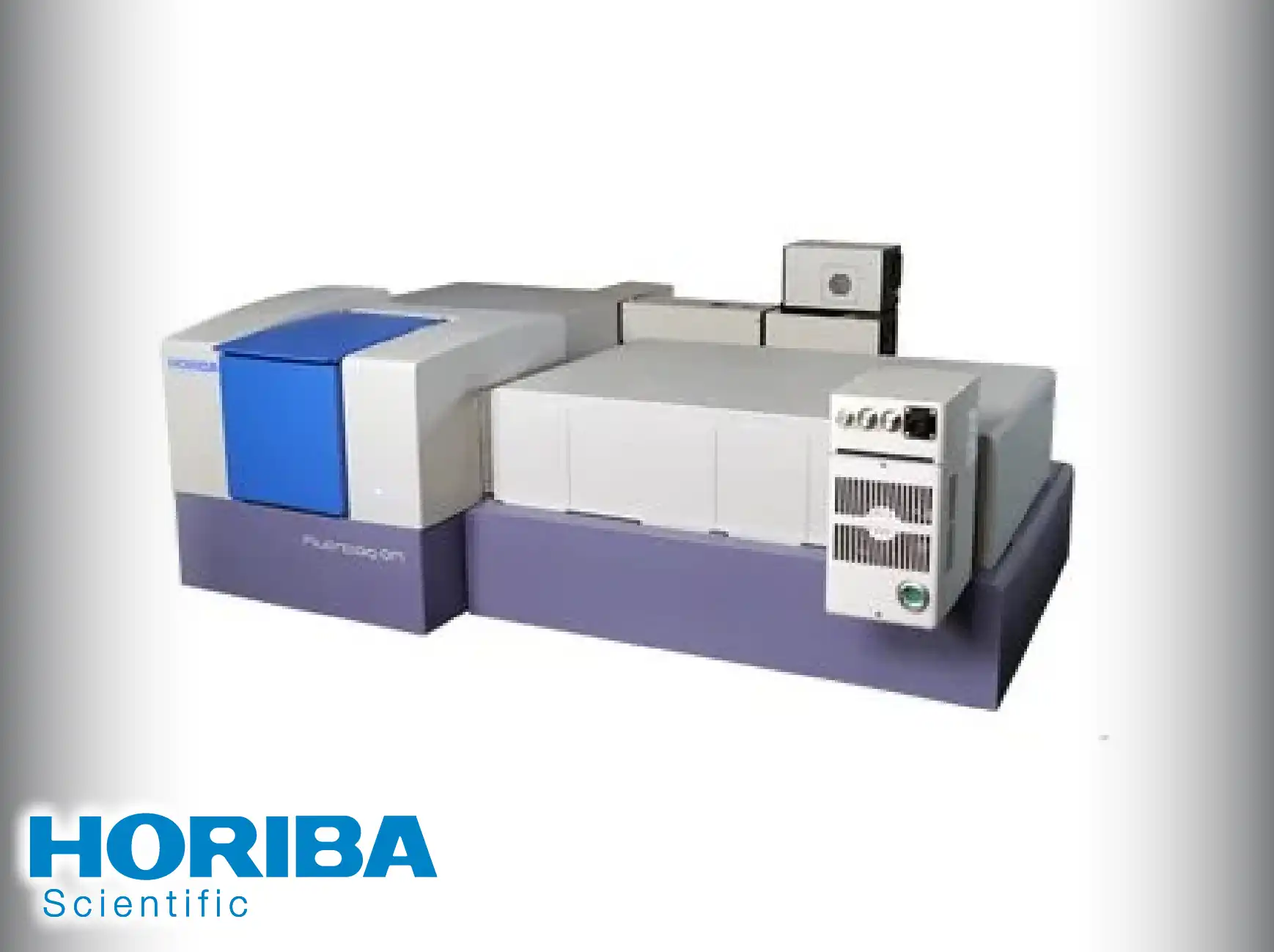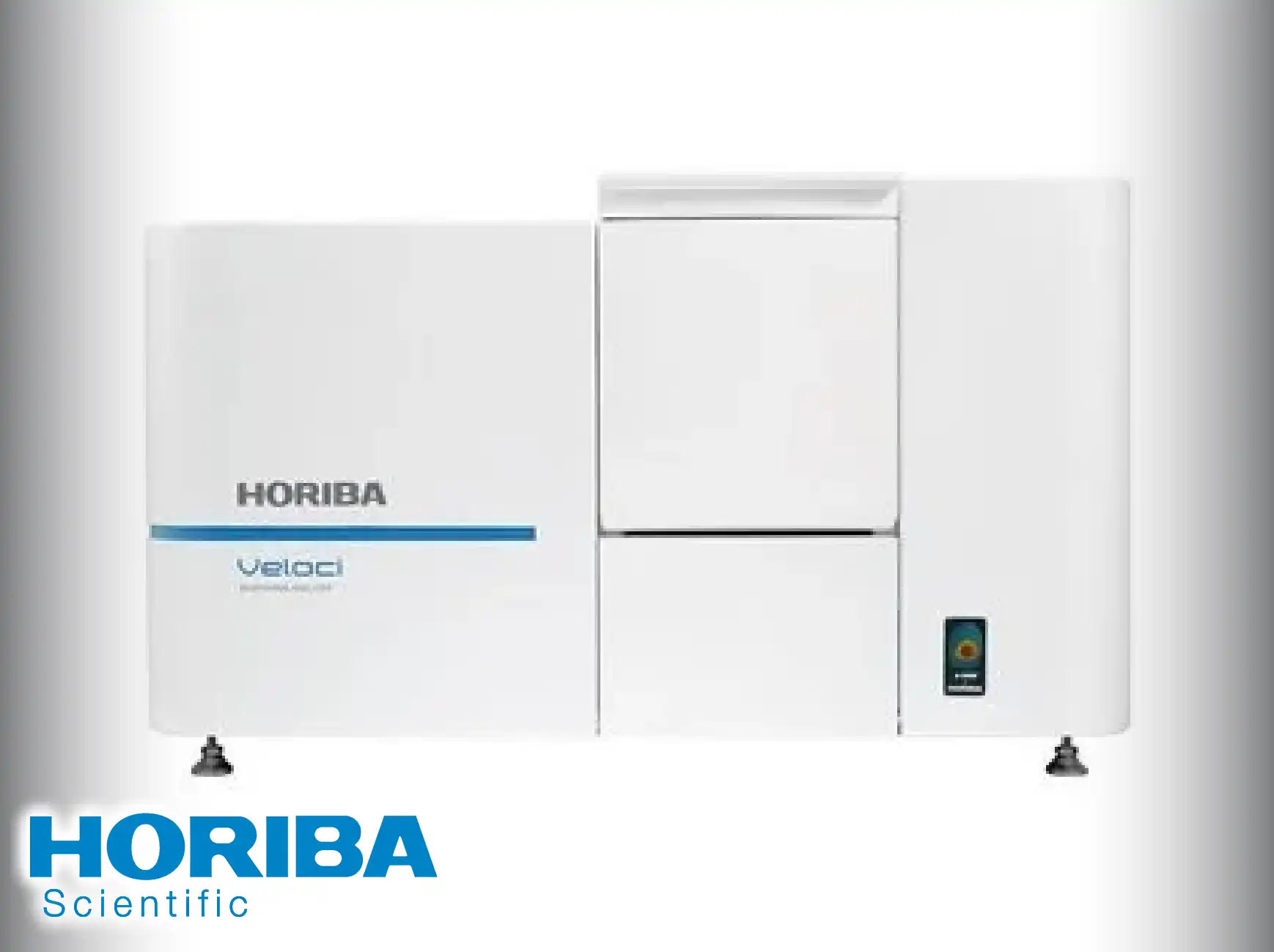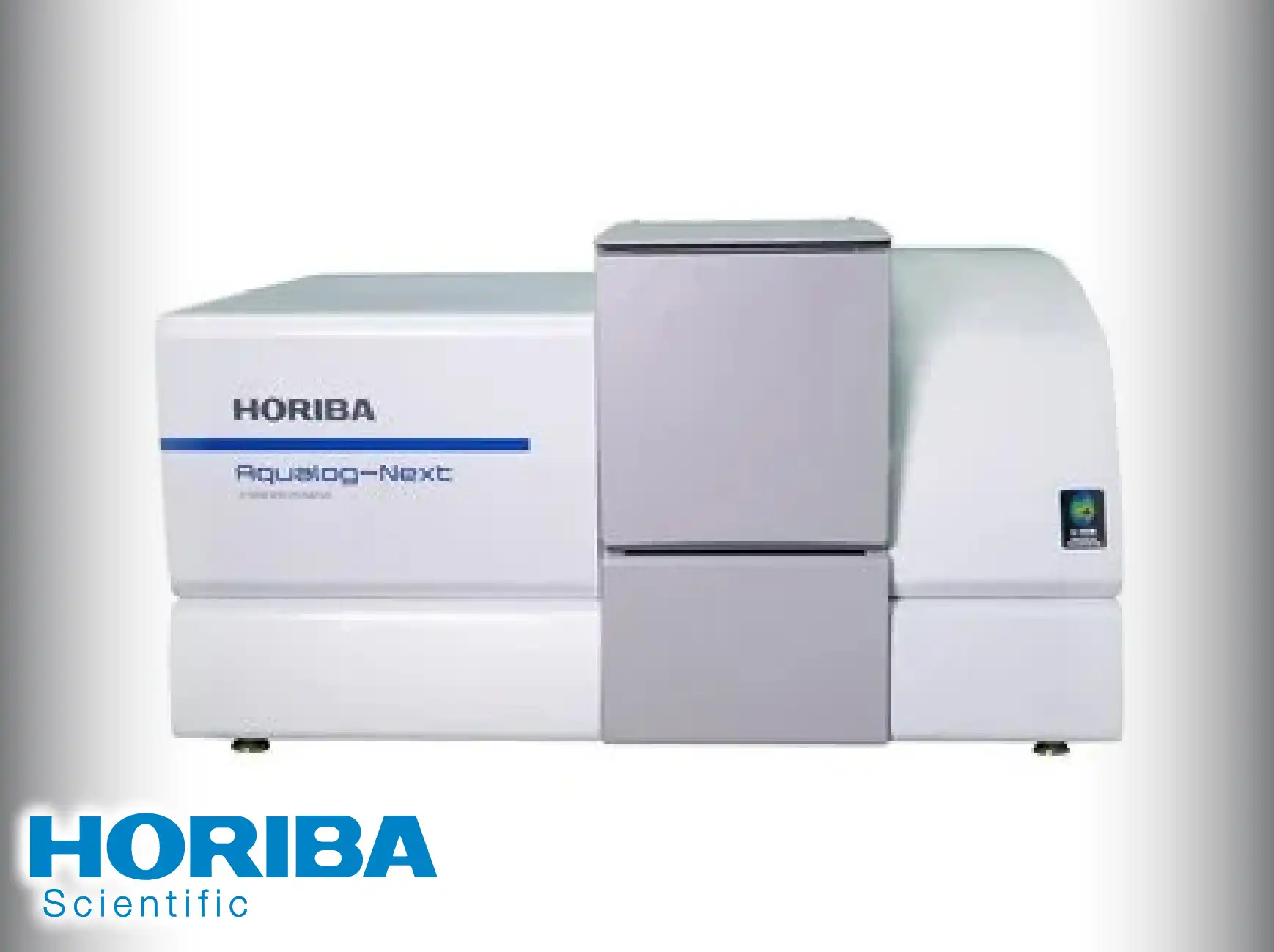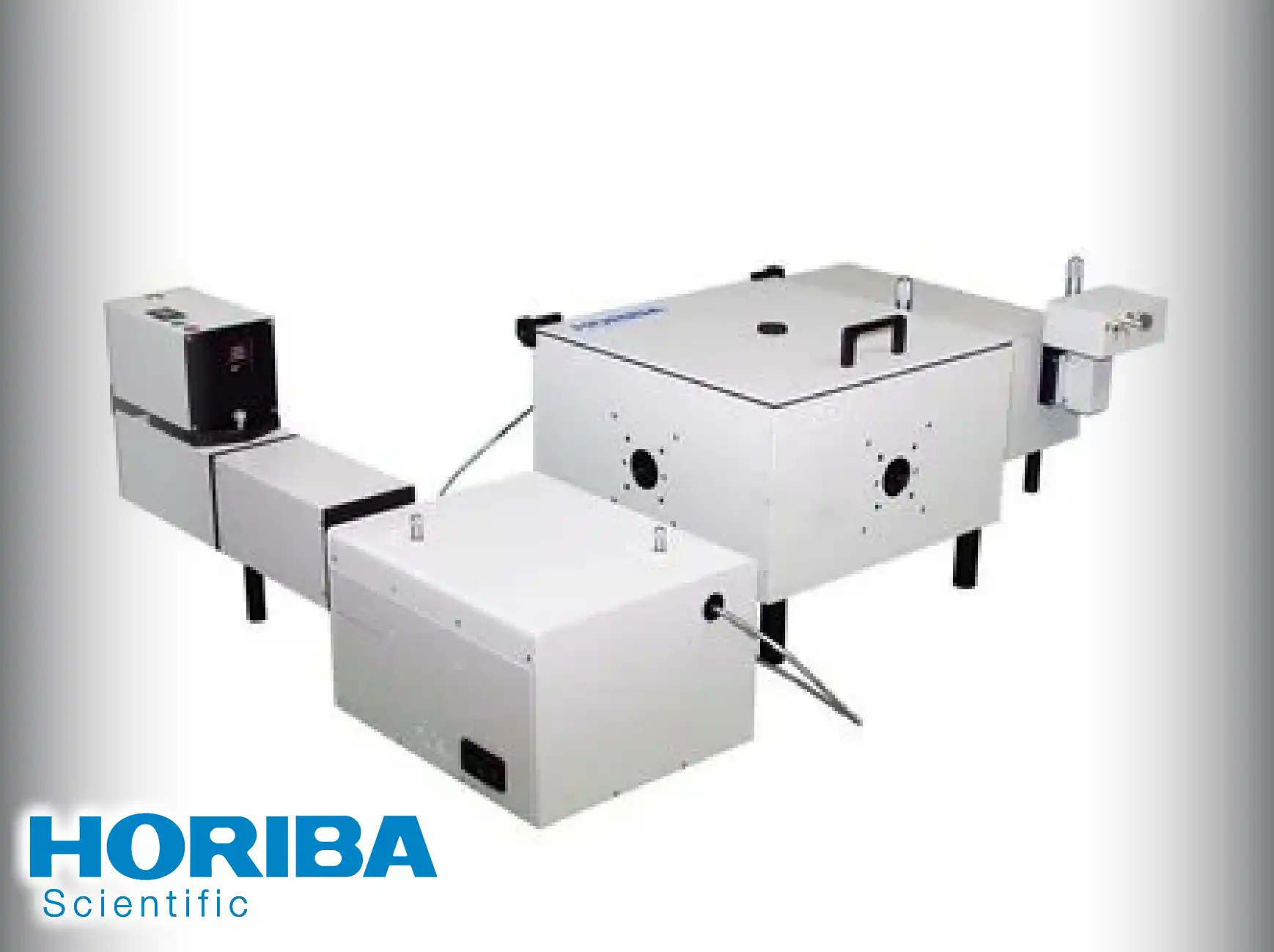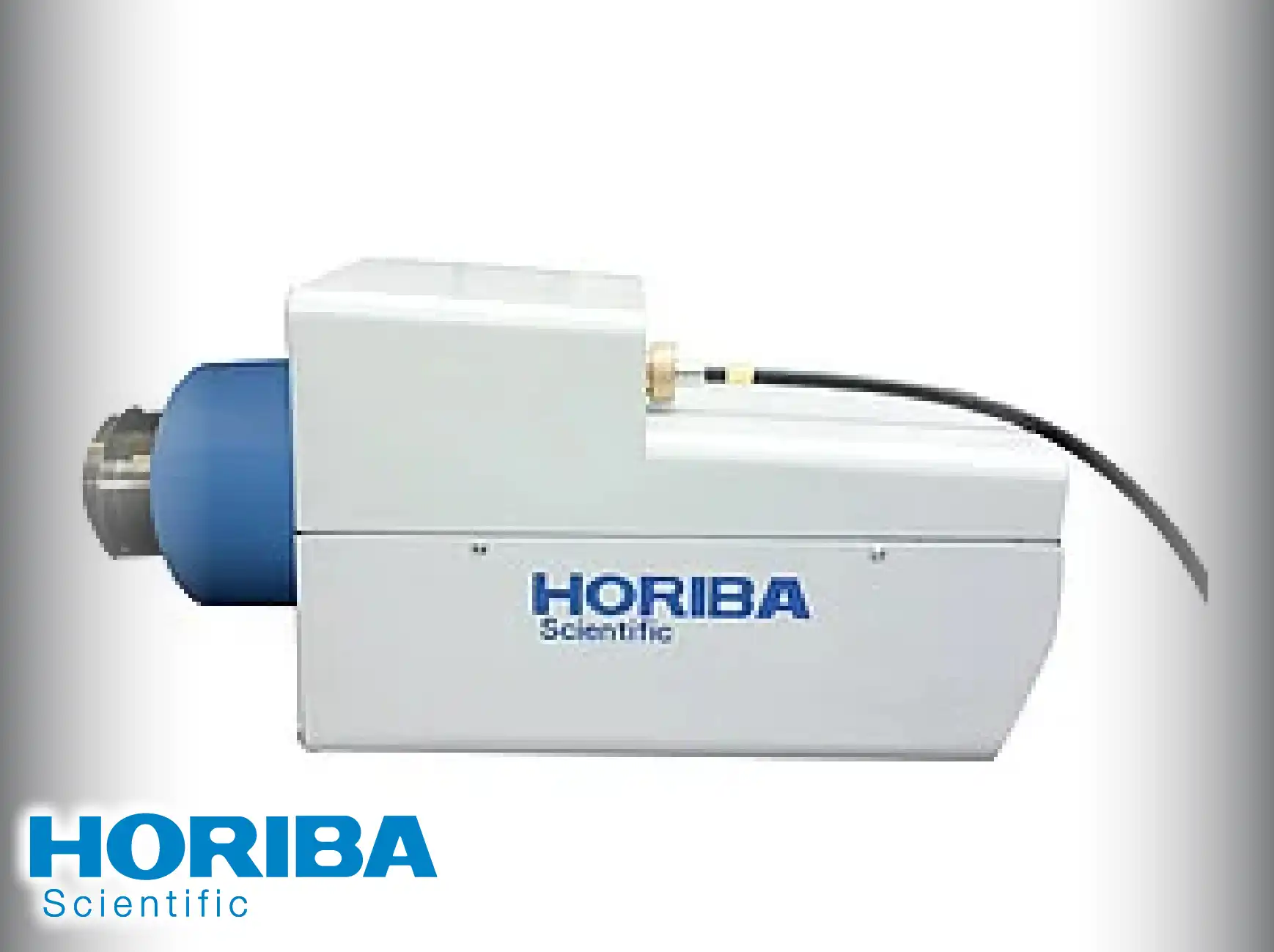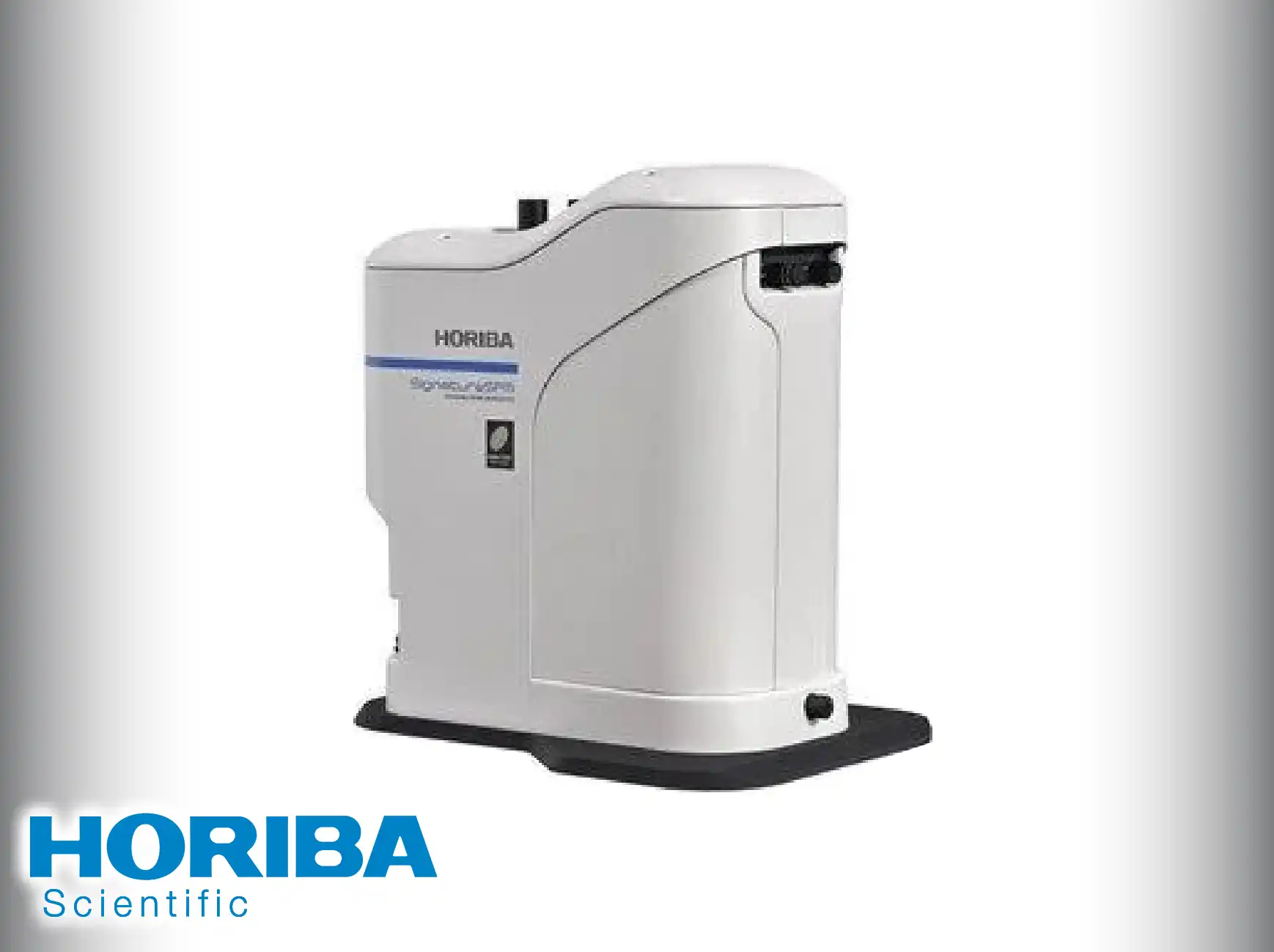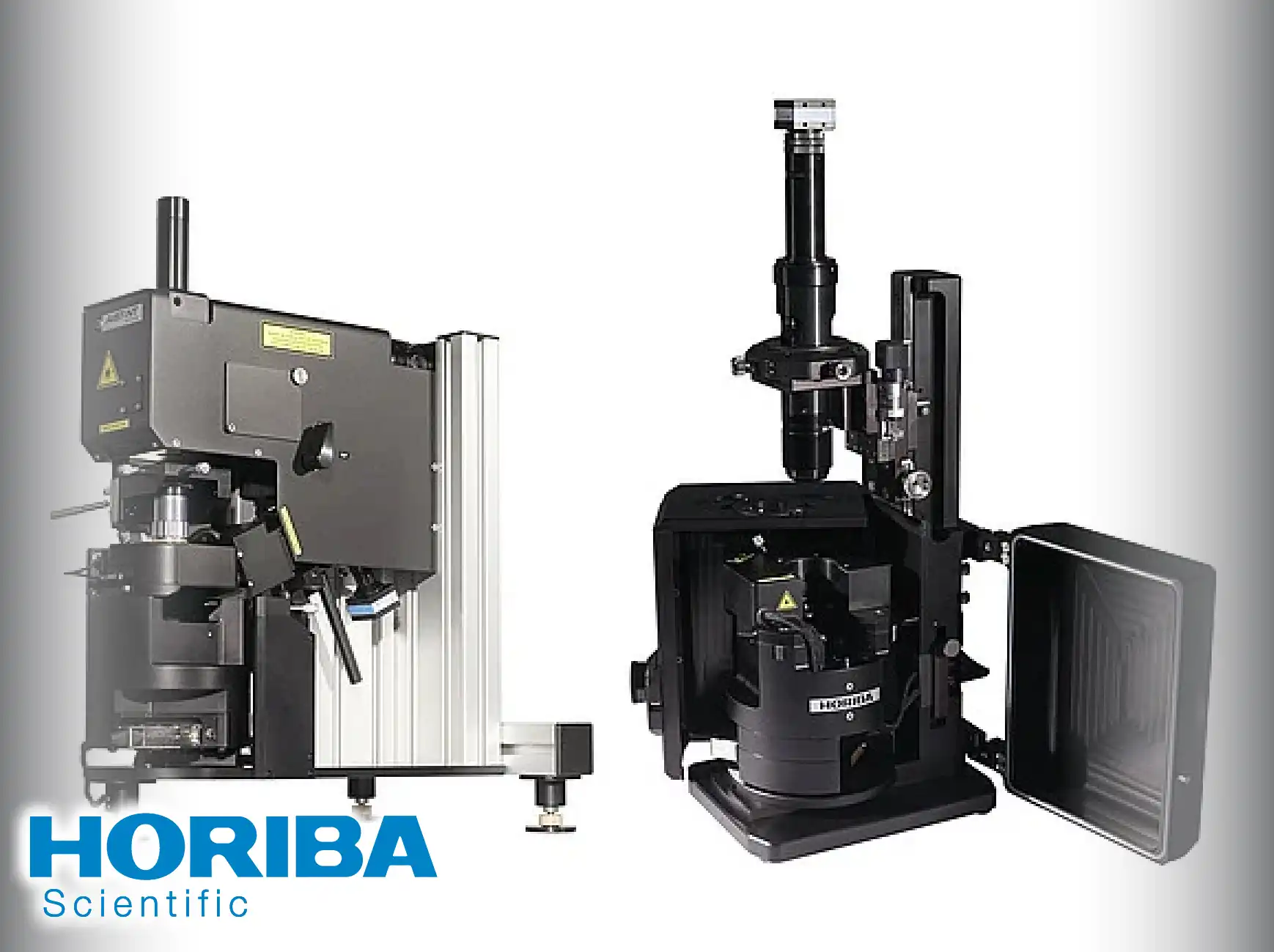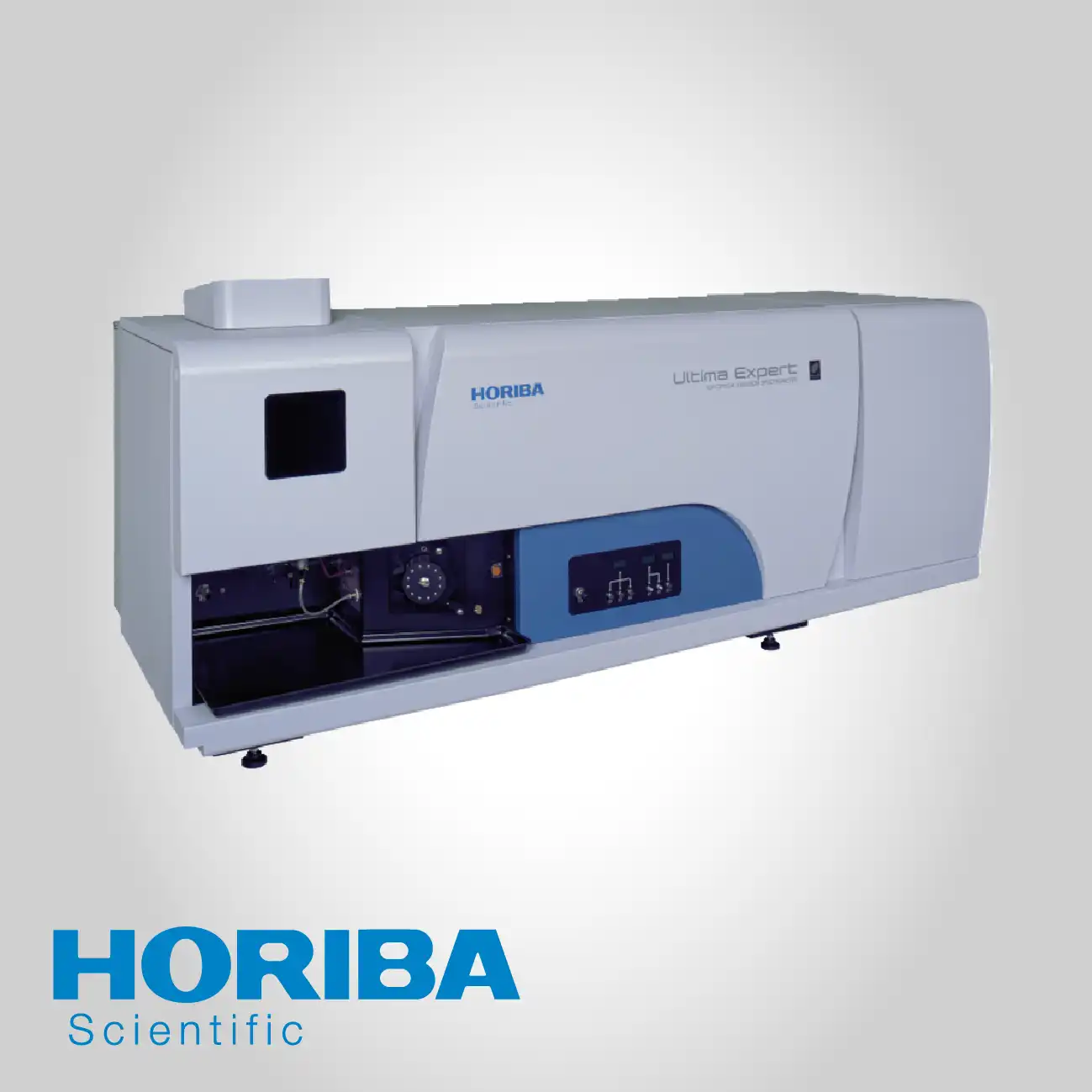
Advanced Spectroscopy
Nanoscale Characterization and High-Performance Optics
Horiba Spectroscopy
The Spectroscopy portfolio offers a comprehensive suite of analytical instruments designed to characterize materials across electronic, vibrational, and elemental domains, transcending the limitations of conventional bulk analysis. These technologies, ranging from high-resolution chemical imaging via Raman and AFM-Raman to electronic structure determination using Photoluminescence and Cathodoluminescence, provide the site-specific insight necessary to understand complex material function and failure points.
These systems directly address the technological imperative for deeper material insight by offering specialized modes that enhance sensitivity and spatial resolution. Techniques such as Fluorescence Spectroscopy and Time-Resolved Photoluminescence enable the study of molecular dynamics and carrier lifetimes, moving beyond static compositional measurements. Furthermore, the integration of Spectroscopic Ellipsometry provides non-destructive thickness and optical property metrology for multilayer films in semiconductor fabrication, while X-ray Fluorescence Spectroscopy (XRF) offers rapid, non-destructive elemental analysis, collectively ensuring complete material characterization across multiple analytical vectors.
The technical architecture is built upon modularity and performance, ensuring reliable, high-fidelity data acquisition under challenging laboratory conditions. By focusing on precision optical alignment, employing high-speed polarization modulation (in Ellipsometry), and integrating highly sensitive, cooled detectors (like CCDs or InGaAs arrays), the instruments minimize measurement artifacts and thermal noise. This robust engineering minimizes drift and maximizes the signal-to-noise ratio, ensuring that analyses, whether measuring trace impurities with XRF or performing single-molecule-level fluorescence experiments, yield accurate and reproducible results necessary for quality control and fundamental research advancement.
Cathodoluminescence (CL)
- CL utilizes high-energy electron beam excitation, which inherently breaks the diffraction limit of light, enabling spectroscopic analysis of electronic properties, defects, and band structure variations at sub-100 nanometer spatial resolution.
- The technique is crucial for mapping localized variations in the electronic band gap and crystal quality, especially in wide-bandgap semiconductors, providing information vital for diagnosing performance variations in microelectronic devices.
- By operating as an add-on detector within a Scanning Electron Microscope (SEM), CL provides direct correlation between high-magnification surface topography and the resulting optical emission, resolving the challenge of physically locating spectral features.
- The system requires specialized optical collection mechanisms, such as parabolic mirrors, within the vacuum chamber to efficiently capture the emitted light across a wide spectral range (UV, Visible, NIR) for complete materials analysis.
- Spectral analysis allows the visualization of non-radiative defects and impurities that act as recombination centers, which are otherwise undetectable by standard structural imaging and severely compromise a material's optical efficiency.
- The integration of cryogenic stages (e.g., liquid nitrogen cooling) is essential to suppress thermal broadening of spectral peaks, thus enabling the resolution of subtle excitonic features and improving the precision of quantitative band structure analysis.
- The high energy of the electron beam excites all higher energy electronic states, allowing for light emission analysis across a broader spectral range than typically achieved with standard photoluminescence setups using fixed-wavelength lasers.
- Flexible and modular system components allow configuration to fit constraints related to budgetary limitations, space availability, or specific experimental requirements, ensuring the technique is accessible for diverse applications from material research to mineralogy.
Raman Spectroscopy
- Raman Spectroscopy employs the principle of inelastic light scattering to generate a unique vibrational fingerprint, providing non-destructive, molecular-level identification and characterization of phase, polymorphy, and chemical structure.
- The technique overcomes the challenge of bulk property averaging by integrating with a confocal microscope, achieving sub-micrometer spatial resolution and enabling detailed chemical distribution mapping of heterogeneous samples like multi-layered films or complex mixtures.
- By precisely measuring small shifts in characteristic peak positions ($\text{cm}^{-1}$), the system quantifies intrinsic stress and strain in crystalline materials and engineered components, which directly relates to mechanical reliability and structural integrity.
- Specialized methods, such as Surface-Enhanced Raman Scattering (SERS), are implemented to overcome the inherent weakness of the Raman signal, using nanostructured metallic surfaces to amplify the signal for high-sensitivity detection, even down to trace amounts.
- Raman spectra can be used for both qualitative identification (matching a unique fingerprint to libraries) and quantitative analysis (relating peak intensity to concentration), providing comprehensive compositional assessment of multi-component materials.
- The instrumentation can perform ultra-low wavenumber measurements (near $5 \text{cm}^{-1}$) to probe crystalline lattice modes and low-frequency molecular interactions, providing structural details not accessible in the mid-wavenumber region.
- Software-driven algorithms enable rapid creation of false-color images that visualize the spatial distribution of individual chemical components, crystallinity variations, or stress levels across a large sample area in a short time.
- The use of polarization analysis allows researchers to determine the orientation of molecular bonds and crystal symmetries, resolving anisotropy issues in structured materials that affect their functional properties.
AFM-Raman Integration
- This integrated platform fundamentally resolves the difficulty of colocalizing chemical and physical properties by acquiring high-fidelity topographical data (AFM) and molecular composition (Raman) simultaneously at the exact same point on the sample surface.
- The core technical benefit is the enabling of Tip-Enhanced Raman Spectroscopy (TERS), which uses a plasmon-generating AFM tip as a localized optical antenna to achieve chemical mapping resolution at the nanometer scale, overcoming the $\sim0.5 \mu\text{m}$ diffraction limit of conventional Raman.
- TERS dramatically boosts the sensitivity of Raman scattering, allowing for the characterization of trace materials or nanoscale domains that would produce undetectable signals with standard micro-Raman, which is critical for contaminant detection.
- The AFM component provides essential, complementary data on local mechanical properties such as adhesion, stiffness, and surface roughness, allowing for a comprehensive structure-property analysis that moves beyond simple chemical mapping.
- The systems are engineered with specialized optical alignment mechanisms and integrated viewing capabilities to precisely align the focused laser, the plasmonic TERS tip, and the spectrometer input with sub-micron accuracy, ensuring reliable signal enhancement.
- High-precision closed-loop feedback systems are implemented to maintain the critical nanometric gap distance between the TERS tip and the sample during mapping, a requirement for maximal and stable plasmonic signal enhancement.
- The capability to operate the AFM in various modes (contact, tapping, non-contact) ensures optimal interaction control and minimizes potential damage or alteration to delicate samples, such as biological membranes or soft polymers, during nanoscale analysis.
- The combination is particularly valuable in semiconductor manufacturing and battery research, allowing researchers to study the chemical and structural evolution of materials, defects, and interfaces at the smallest relevant scale for performance optimization.
Fluorescence Spectroscopy (FS)
- FS provides high sensitivity and molecular specificity by utilizing the quantum mechanical process where absorbed light promotes a molecule to an electronic excited state, followed by the emission of a lower-energy photon (luminescence).
- The technique offers the ability to measure fluorescence lifetime ($\tau$), which is an absolute measurement (unlike intensity), providing a metric that is less sensitive to concentration fluctuations and instrumental drift, crucial for comparative studies.
- Time-resolved FS, often using methods like Time Correlated Single Photon Counting (TCSPC), resolves complex decay profiles, enabling the deconvolution of signals from mixtures of fluorescing species or molecules in different local environments.
- Measurement of fluorescence anisotropy (or polarization) quantifies the change in molecular orientation between absorption and emission events, providing key data on molecular size, rotational diffusion, and local viscosity of the environment.
- Advanced instruments employ Peltier-controlled cell holders or cryostats to regulate temperature across a wide range (e.g., -25 to 105), allowing for precise monitoring of temperature-dependent changes, such as phase transitions or protein denaturation.
- The ability to acquire both emission spectra (fixed excitation, scan emission) and excitation spectra (fixed emission, scan excitation) allows for detailed characterization of the energy levels, providing a more specific fingerprint than simple absorbance.
- Excitation spectra are inherently more sensitive than absorbance spectra, offering superior limits of detection and the ability to selectively probe a single emitting species within a complex solution.
- Instrumentation is configured to analyze both intrinsically fluorescent molecules (e.g., tryptophan) and synthesized organic dyes/tags used to functionalize non-fluorescent systems, providing a versatile platform for bioanalysis and materials science.
Photoluminescence Spectroscopy (PL)
- PL is a non-contact, non-destructive method that uses photon excitation to probe the electronic properties of materials, specifically by measuring the light emitted as photo-excited electrons relax from higher to lower energy states.
- PL is essential for band gap determination in semiconductors and for characterizing their material quality, as the emitted photon energy corresponds directly to the energy difference between the conduction and valence bands.
- The technique is a powerful tool for detecting impurity levels and crystallographic defects within the material, as these often create localized energy levels that result in characteristic, lower-energy emission peaks.
- Time-Resolved Photoluminescence (TRPL), often implemented using TCSPC and picosecond pulsed lasers, directly measures the carrier lifetime within semiconductor materials, a crucial metric for evaluating solar cell efficiency and device performance.
- Combining PL with Raman analysis on a single platform allows researchers to characterize both the vibrational (Raman) and electronic (PL) properties of a material at the same point, resolving the ambiguity of two separate measurements.
- By adjusting the excitation wavelength (UV to NIR), the system allows for control over the penetration depth into the material, enabling depth-selective analysis or characterization of surface layers versus bulk material.
- PL measurements provide information on the various recombination mechanisms (radiative versus non-radiative) present in a material, which is critical for designing efficient optoelectronic and light-emitting devices.
- The quantitative measurement of Photoluminescence Quantum Yield (PLQY), defined as the ratio of emitted photons to absorbed photons, is a standard method for assessing the intrinsic efficiency of new light-emitting materials or phosphors.
Spectroscopic Ellipsometry (SE)
- SE is a non-destructive, optical metrology technique that precisely measures the change in polarization state of light (quantified by $\Psi$ and $\Delta$) upon reflection from a sample surface, providing exceptional accuracy for thin film analysis.
- The spectroscopic capability (measuring $\Psi$ and $\Delta$ as a function of wavelength) is key to simultaneously determining multiple parameters such as the thickness and optical constants (refractive index and absorption coefficient) of multilayer thin film stacks.
- Phase Modulated Ellipsometry utilizes a Photoelastic Modulator (PEM) to rapidly oscillate the polarization state (at 50kHz), resulting in fixed optical elements, high signal stability, and superior precision on the $\Delta$ parameter, which is most sensitive to ultra-thin films.
- The high modulation rate of PEM systems allows for fast and accurate measurements compared to slower mechanical rotating element systems, directly addressing the need for rapid in-situ or in-line characterization in high-volume production environments.
- Phase-modulated systems measure $\Psi$ and $\Delta$ over their full 360 range, eliminating the low precision regions encountered in some rotating element designs, thus ensuring high sensitivity to ultra-thin films across all sample types.
- The use of microspot optics (up to 8 computer-selectable sizes) is vital for accurately measuring small features on patterned wafers or heterogeneous samples, preventing signal overlap from adjacent, unwanted material regions.
- The full spectral range (e.g., 190 nm to $2100 nm) allows for comprehensive characterization of material dispersion and absorption properties, unlike single-wavelength laser ellipsometers that can only resolve a maximum of two parameters.
- An integrated vision system is critical for allowing the user to precisely visualize and position the microspot onto the targeted feature of a patterned sample, ensuring measurement accuracy and avoiding misplacement errors.
Detectors
- Detectors convert incident photons or electrons into a measurable electrical signal, with various technologies (e.g., PMTs, CCDs, InGaAs arrays, Silicon Drift Detectors) optimized for different spectral ranges (UV to NIR) and signal levels.
- Deep cooling mechanisms (e.g., liquid nitrogen or multi-stage Peltier cooling) are implemented in scientific cameras (like CCDs or InGaAs arrays) to drastically reduce dark current and thermal noise, enabling the detection of extremely weak light signals.
- Electron-Multiplying CCDs (EMCCDs) utilize on-chip gain to amplify the signal before the read-out process, overcoming the limitation of read-noise and achieving near single-photon detection capability, essential for low-light fluorescence and Raman applications.
- Solid-State Detectors in XRF systems (e.g., Silicon Drift Detectors) are used in energy-dispersive mode, where the measured current pulse amplitude is directly proportional to the energy of the incident X-ray photon, facilitating simultaneous multi-element detection.
- The choice of detector material (e.g., Silicon for UV/Vis, InGaAs for NIR) directly addresses the need for optimal quantum efficiency (QE) in the spectral region of interest, ensuring that the maximum number of incident photons is converted into signal.
- Single-channel detectors like Photomultiplier Tubes (PMTs) offer extremely high sensitivity and speed for time-resolved experiments (like TCSPC), overcoming the limitation of array detectors' slower readout times.
- Hyperspectral Imaging (HSI) cameras integrate high-sensitivity array detectors with spectrographs to collect a full spectrum at every pixel in an image, resolving the issue of conventional single-point mapping by drastically increasing acquisition speed for large areas.
- System optimization focuses on minimizing read-out noise and maximizing dynamic range to ensure that both extremely intense and very weak spectral features in the same measurement are captured accurately without saturation or being buried in the noise floor.
Diffraction Gratings
- Diffraction gratings are the core optical components in monochromators and spectrographs, utilizing precisely ruled or holographically recorded grooves to disperse polychromatic light into its constituent wavelengths based on the angle of diffraction.
- The grating’s properties, such as groove density (lines/mm) and blaze angle (for ruled/blazed holographic types), are selected to optimize for the required spectral dispersion and efficiency in a specific wavelength range, resolving the trade-off between resolution and light throughput.
- High-quality gratings are manufactured to minimize stray light contamination and ghosts (spurious spectral peaks) which can corrupt the signal when analyzing weak luminescence or Raman signals adjacent to intense sources.
- For vacuum ultra-violet (VUV) applications, Variable Line Spacing (VLS) gratings and toroidal designs are employed to correct for optical aberrations, ensuring high spectral resolution and maintaining a constant focus across the entire scanning range.
- The selection of grating type (classically ruled, holographic, or blazed holographic) directly impacts the grating efficiency curve, ensuring maximum light intensity is concentrated into the desired diffraction order, optimizing the signal-to-noise ratio.
- Spectrometers are often equipped with multiple, computer-controlled grating turrets, allowing the user to rapidly switch between different groove densities and blaze wavelengths to meet diverse resolution and spectral coverage requirements without manual realignment.
- Grating efficiency calculations based on electromagnetic theory are utilized during design to optimize parameters like groove depth for specific VUV configurations, ensuring the required high-order rejection and overall system performance.
- For advanced systems, mechanical goniometers controlling the grating angle must achieve ultra-precise angular scanning resolution (e.g., $0.4''$ arcsec) and maintain sub-micron translation accuracy to ensure highly repeatable and accurate wavelength positioning during spectral scanning.
Monochromator and Spectrograph (M/S)
- The Monochromator/Spectrograph is responsible for isolating and dispersing light, with the choice of focal length directly determining the potential spectral dispersion and resolution, which is crucial for resolving narrow spectral features (e.g., $\Delta\lambda < 0.1 \text{nm}$).
- Monochromators typically use a single detector and scan the grating angle step-by-step to acquire a spectrum over time, employing high-accuracy mechanisms (like sine bars) to ensure wavelength accuracy and repeatability (e.g., $\pm 0.03 \text{nm}$).
- Spectrographs are designed to utilize multichannel array detectors (like CCDs) at a fixed grating position, capturing a wide spectral range simultaneously, resolving the time limitation of scanning monochromators for rapid spectral acquisition.
- High-resolution instruments (e.g., 1000mm focal length) utilize cast body designs to eliminate temperature-induced stress and expansion, thereby preventing wavelength shifts and signal loss that compromise long-term measurement stability.
- The system uses automated slit control (input and exit) to precisely adjust the spectral bandwidth (bandpass), which allows the user to optimize the balance between spectral resolution and total light intensity reaching the detector.
- Smaller spectrographs often use direct drive mechanisms for high speed grating movement, while larger, high-accuracy monochromators use slower sine bar mechanisms to achieve superior positional accuracy and repeatability.
- The choice of instrument type (small vs. large focal length) directly addresses the challenge of acquiring either a large spectral range in one shot (small spectrograph with array) or achieving ultra-high resolution (large monochromator scanning mode).
- Monochromators designed for the Vacuum Ultra-Violet (VUV) range employ specialized optics (e.g., single optics Rowland circle principles) and ultra-precise under-vacuum mechanics to maintain high throughput and achieve exceptional spectral resolution (e.g., > 150,000$).
X-ray Fluorescence Spectroscopy (XRF)
- XRF is a non-destructive analytical technique that determines the elemental composition of solids, liquids, and powders by exciting atoms with primary X-rays and measuring the energy of the resulting characteristic fluorescent X-rays.
- The technique resolves the challenge of complex sample preparation by being suitable for direct analysis across a wide range of matrices, offering rapid elemental analysis from heavy elements (U) down to light elements (Be or Na), depending on the configuration.
- X-ray interaction with an atom generates characteristic X-ray emission lines (K, L, M transitions) which form a unique elemental fingerprint, allowing for unambiguous identification of components within a complex mixture.
- The efficiency of detecting light elements is inherently low because their fluorescence yield is small, which is a physical limitation addressed by optimizing the instrument geometry and employing highly sensitive detectors in a vacuum or helium atmosphere.
- Energy Dispersive XRF (EDXRF) uses solid-state semiconductor detectors (e.g., Silicon Drift Detectors) to measure the energy of each emitted X-ray directly, enabling simultaneous multi-element analysis and rapid acquisition of the full elemental spectrum.
- The system requires a highly stable X-ray generator (typically 20 to $100 kV) to produce the primary beam, which comprises both broadband bremsstrahlung and sharp characteristic lines from the target material, optimizing the excitation efficiency.
- The use of collimators or advanced mono-capillary X-ray optics (which rely on total external reflection) allows for focusing and steering the X-ray beam, enabling the analysis of small features or spots on a sample surface.
- XRF provides a quantitative analysis capability, where the intensity of the characteristic X-ray peak is directly proportional to the element's concentration, allowing analysts to accurately determine elemental content from 100 down to sub-ppm levels after calibration.
Click here for more information about Horiba Solutions





